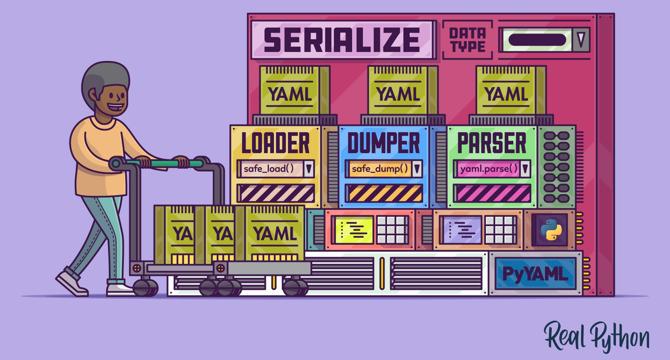RealPython
4w
44

Image Credit: RealPython
YAML: The Missing Battery in Python
- YAML is a portable and widely used data serialization format, often used for configuration and serialization due to its human-readable syntax.
- Python doesn’t support YAML natively, unlike the JSON and XML formats, but you can install third-party libraries like PyYAML for working with it.
- PyYAML is popular but alternative libraries include StrictYAML and ruamel.yaml, which offers more features.
- YAML stands for YAML Ain’t Markup Language and emphasizes data representation, not document markup.
- XML was initially used as meta-language for XML markup languages but many people started adopting XML as the standard serialization format.
- JSON was built with data serialization in mind and is a subset of JavaScript, making it faster and easier to parse than XML.
- YAML was created around the same time as JSON and is a superset of its syntax, offering more human readability and features.
- YAML differs from JSON and XML in several ways, including its syntax, focus on simplicity, and customizability.
- The article includes examples of how to work with YAML data types in Python using the PyYAML library.
- To work with YAML files in Python scripts, you can install the PyYAML module and use its methods to read and write YAML files.
Read Full Article
2 Likes
For uninterrupted reading, download the app